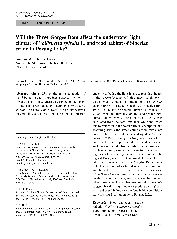摘要
Almost 95% of the entire population of the Siberian crane (Grus leucogeranus) winter in Poyang Lake, China, where they forage on the tubers of the submerged aquatic macrophyte Vallisneria spiralis. The Three Gorges Dam on the Yangtze River may possibly affect this food source of the Siberian crane by affecting the light intensity reaching the top of the V. spiralis canopy. In this study, the photosynthetically active radiation at the top of the V. spiralis canopy (PAR(tc)) in Lake Dahuchi was modeled from 1998 to 2006, and the potential impacts of changes in water level and turbidity on the underwater light climate of V. spiralis were analyzed. PAR(tc) was calculated from incident irradiance while the losses due to reflection at the water surface, absorption, and scattering within the water column were taken into consideration. The results indicated significant differences in PAR(tc) between years. Six years of water level and Secchi disk depth records revealed a seasonal switching of the lake from a turbid state at low water levels in autumn, winter, and spring to a clear state at high water levels during the monsoon in summer. The highest PAR(tc) occurred at intermediate water levels, which were reached when the Yangtze River forces Lake Dahuchi out of its turbid state in early summer and the water becomes clear. The intended operation of the Three Gorges Dam, which will increase water levels in May and June, may advance the moment when Lake Dahuchi switches from turbid to clear. We suggest that this might increase production of V. spiralis and possibly improve the food habitat conditions for wintering Siberian crane in Poyang Lake.
- 出版日期2009-5
- 单位武汉大学
